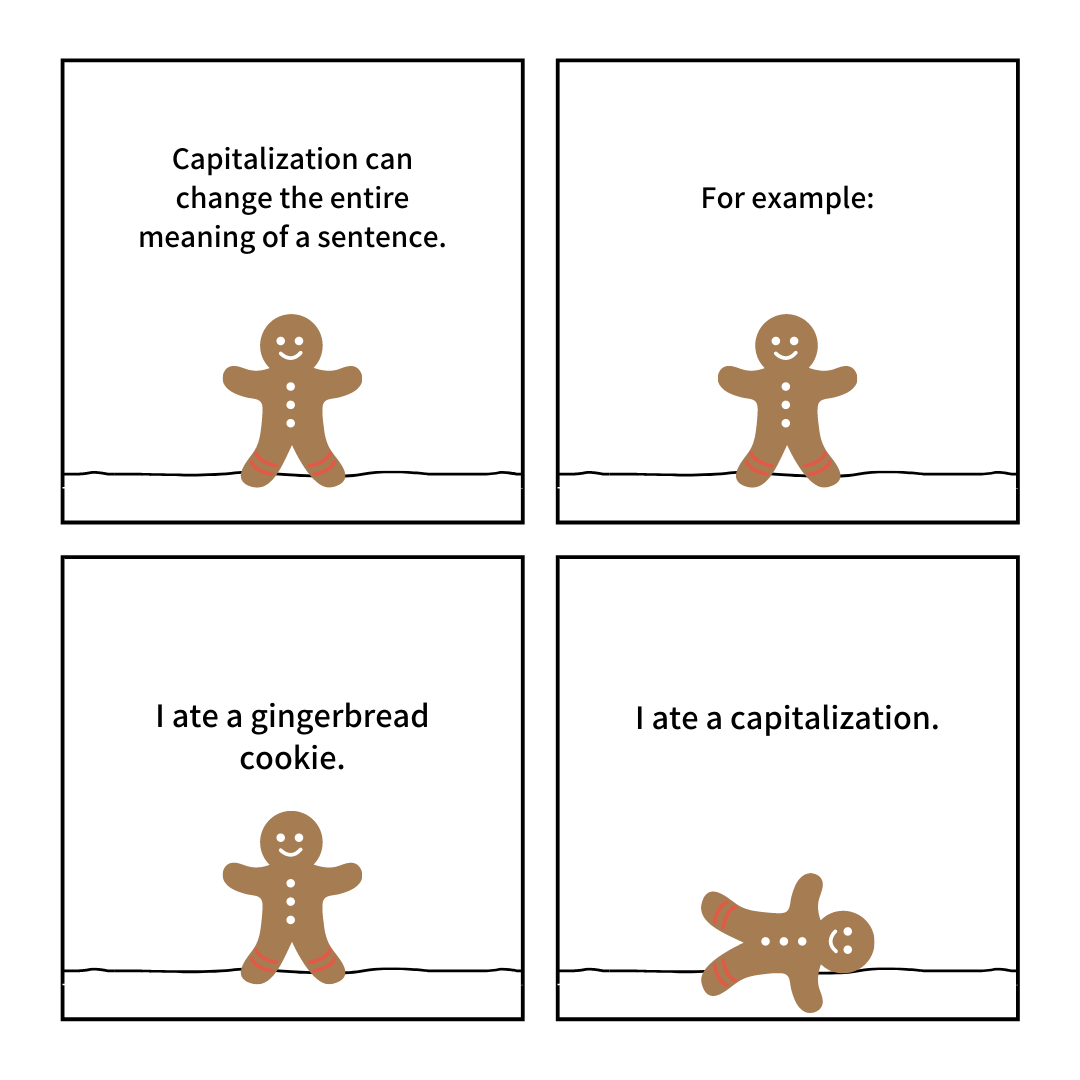If you're in the newspaper business, you know how to properly capitalize headlines. But people writing white papers, press releases, brochures, and even résumés need to know what's right and what's wrong in order to retain the respect and admiration, to say nothing of the trust, of their readers. So take note!
Most style guides call for lower-casing prepositions, articles, and many conjunctions. But there are lots of extenuating circumstances that call for uppercasing those words sometimes. Read on, but first:
- A preposition is a word that could describe your relationship to a cloud: you're in the cloud, under the cloud, above the cloud, around the cloud, by the cloud, before the cloud, after the cloud. These italicized words are prepositions.
- The articles are the, a, and an -- they point out things: the boy, a man.
- Conjunctions join things: and, or, nor, while, etc.
The Chicago Manual of Style says to always capitalize the first and last words of a headline, no matter what. Lowercase prepositions, regardless of length, except when they are stressed (as through in A River Runs Through It), are used adverbially or adjectivally (as up in Look Up, down in Turn Down, on in The On Button, etc.), are used as conjunctions (such as before in Look Before You Leap), or are part of a Latin expression used adjectivally or adverbially (e.g., De Facto, In Vitro, etc.). CMS specifies lowercasing the conjunctions and, but, for, or, nor. Always lowercase to and as.
Examples:






